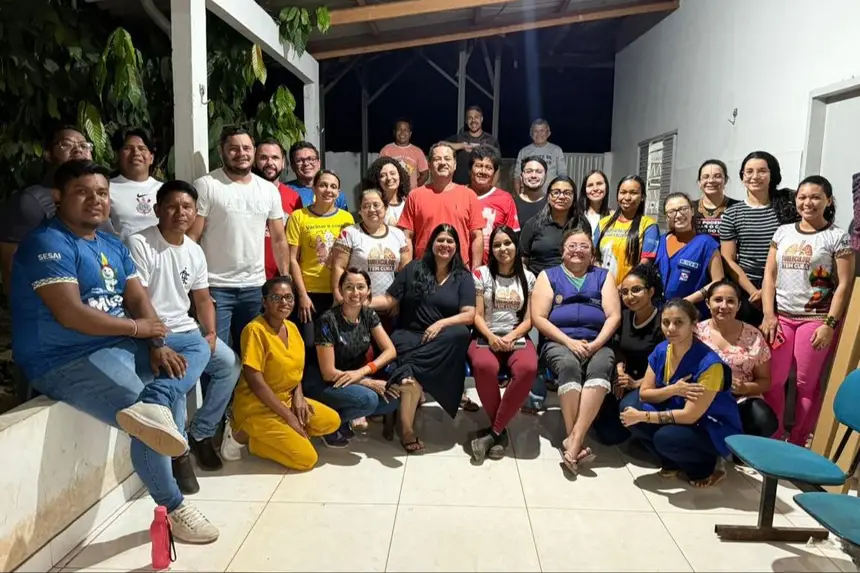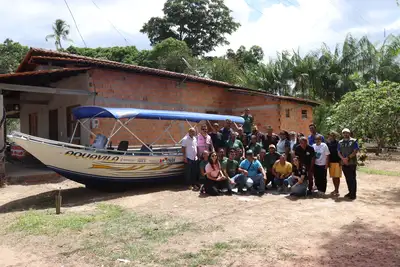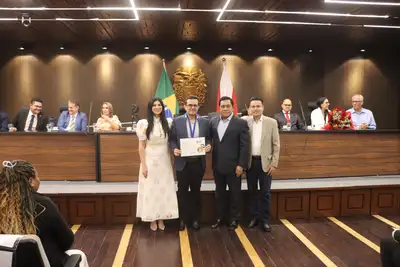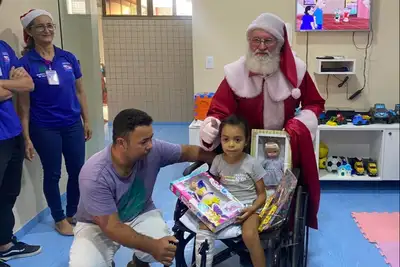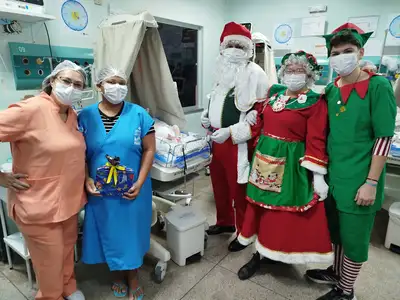Sespa carries out action for the prevention and control of tuberculosis in Kayapó villages
The initiative is conducted in conjunction with the Special Indigenous Health District and the Municipal Health Department of Cumaru do Norte, southeast of Pará
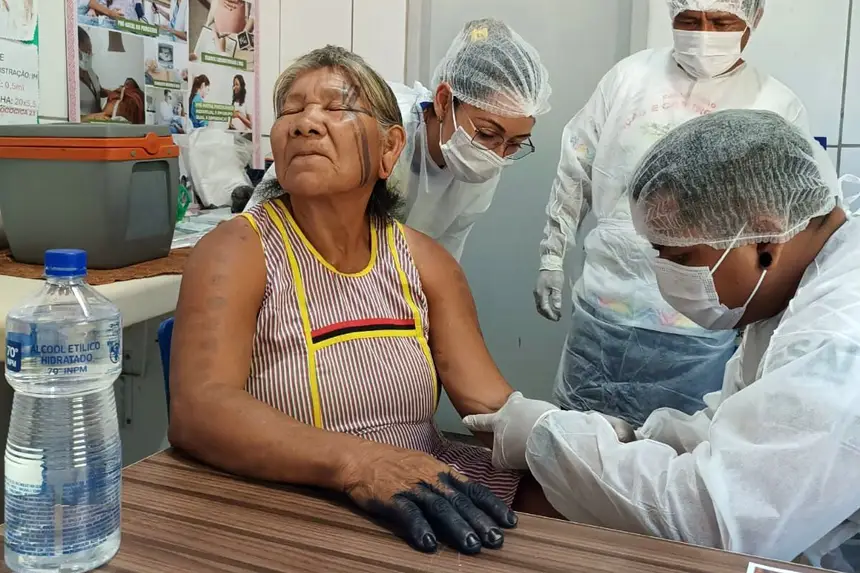
Since July 7, the State Department of Public Health (Sespa), in conjunction with the Special Indigenous Health District (DSEI-Kayapó), and the Municipal Health Department of Cumaru do Norte, has been carrying out the Action for the Prevention and Control of tuberculosis in the indigenous population of the Kayapó ethnicity, in the municipality of Cumaru do Norte, in the southeast region of Pará, 749 kilometers from the state capital. The work also has the support of the municipalities of Redenção and Marabá.
The action is aimed at a population of 1,600 indigenous people from the indigenous communities of Gorotire, Ladeira, and PVS and aims to map symptomatic respiratory cases, identify contacts for tuberculosis investigation, and ensure the adoption of prevention and control measures for the disease in the indigenous population of the Gorotire Route.
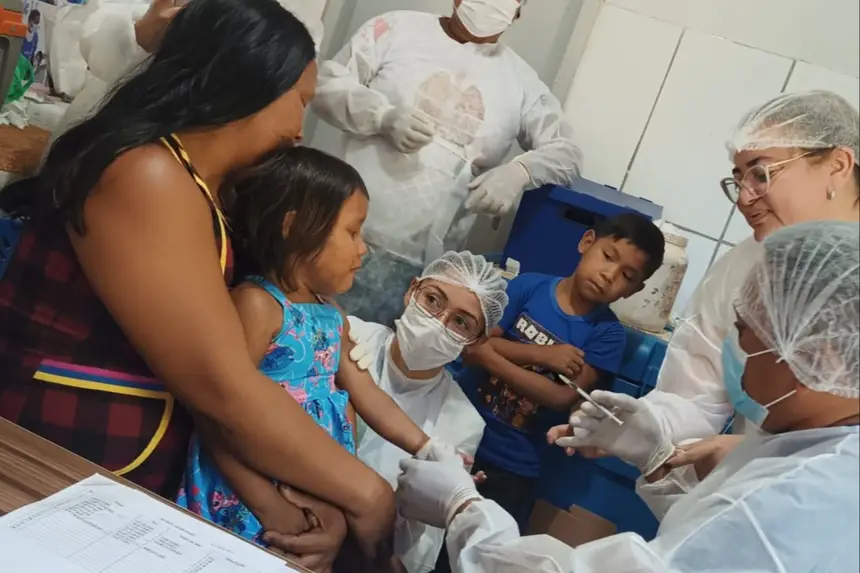
Sespa is acting through the State Coordination of Tuberculosis Control/Health Surveillance Directorate and the 12th Regional Health Center, which is based in Marabá.
Services include screening, evaluation, and tests
According to the state coordinator of Tuberculosis Control, Lúcia Monteiro, from July 7 to 13, screening and diagnostic services are being carried out to survey and identify symptomatic respiratory cases; clinical anamnesis for screening possible diagnoses; and investigations of contacts and evaluation of clinical history.
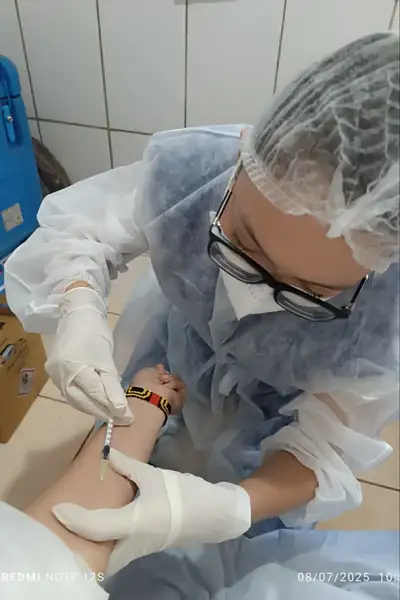
“Our action aims to reduce the incidence, in this case, the number of people who become ill with tuberculosis. One of the main actions is the intensification of active search for symptomatic respiratory cases, namely those people who are coughing and sneezing,” said Lúcia Monteiro.
Among the tests offered is the analysis of AFB and Culture, to diagnose and monitor infections by Acid-Fast Bacilli, Tuberculin Test, and X-rays, with all data being entered into the information systems,” she informed.
“We are conducting testing with timely diagnosis, both of tuberculosis and latent tuberculosis infection. We are also providing, in conjunction with DISEI-Kayapó and the 12th Regional Center, the supervised treatment called DOT directly in the villages,” explained the state coordinator.
The second week of activities, from July 14 to 19, will be dedicated to treatment and monitoring, with evaluation of test results; definition of therapeutic conduct for confirmed cases; distribution of specific medications provided by Sespa; guidance and follow-up of patients in treatment; and Health Education to raise community awareness about adherence to tuberculosis treatment. “In health education actions, our goal is to ensure access to health services and effective control of tuberculosis, while always respecting the culture and traditional knowledge of the indigenous population,” she stated.
Emergency measures - It is important to emphasize that as emergency measures, in June, Sespa sent a technical team from the Central and Regional Levels to support the diagnosis and treatment of suspected tuberculosis cases among the Kayapó people; supply municipalities with medications for the treatment of the disease; identify laboratories that perform tests, to expand testing with the support of the 12th CRS; identify and monitor contacts; actively search for suspected cases and those missing treatment; and establish the monthly issuance of a report on the monitoring of cases of the disease in DSEI-Kayapó.


